PH, China engage in tense faceoff in Escoda Shoal
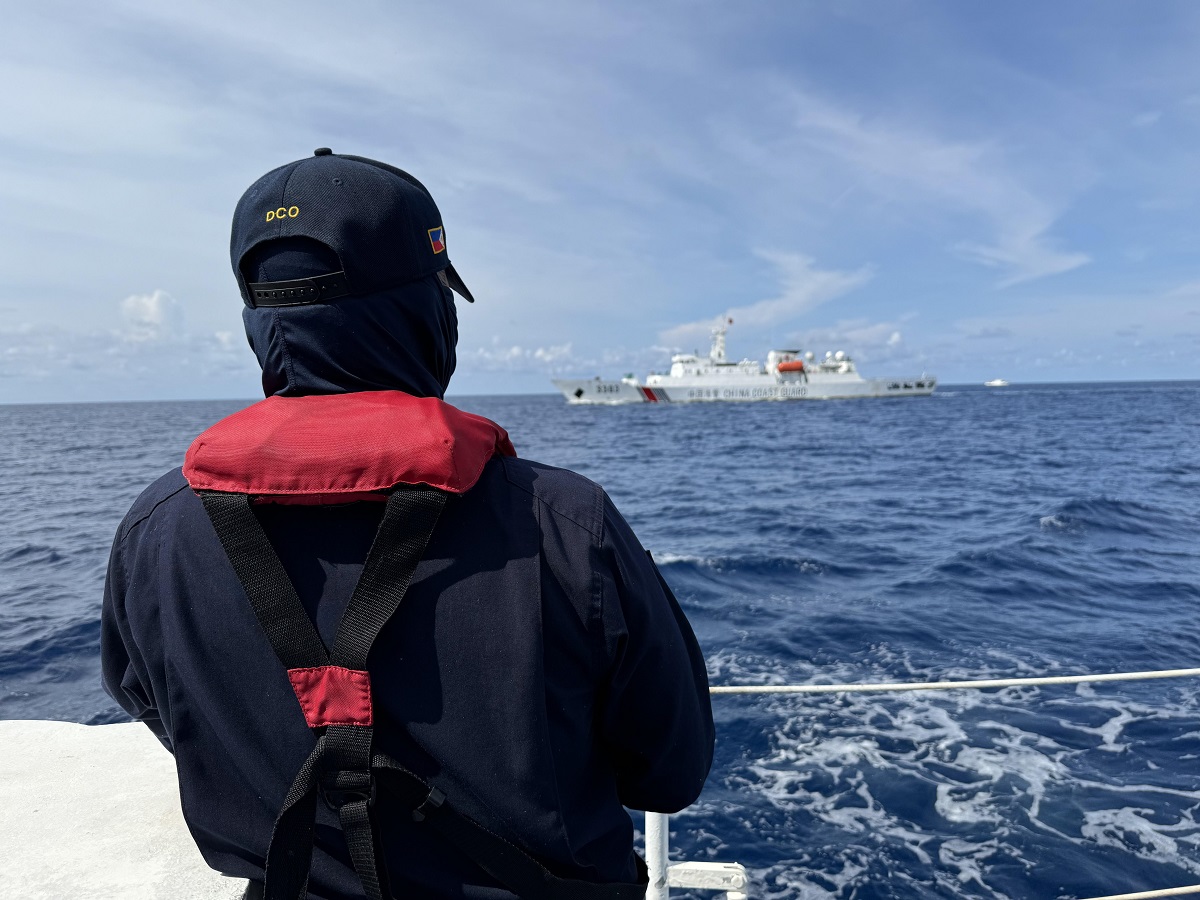
A tense faceoff between the coast guards of the Philippines and China broke out in Sabina Shoal, also known as Escoda Shoal, in the West Philippine Sea after Chinese forces attempted to block a recent Philippine marine scientific research mission to the disputed reef.
At the center of the tension-filled encounter on Tuesday, June 4, were Rigid Hull Inflatable Boats (RHIB) from China and the Philippines. An RHIB is a light, fast-moving boat that bears a resemblance to a rubber boat.
The conflict started when CCG RHIB drove away a team of marine scientists from the University of the Philippines (UP) who were tapped by the PCG to conduct reef assessment.
Our team from GMA Integrated News, as well as other journalists who joined the mission to Escoda Shoal, witnessed the showdown as it unfolded.
At first, the CCG and PCG RHIBs sailed as close as a few inches apart, trying to outmaneuver one another.
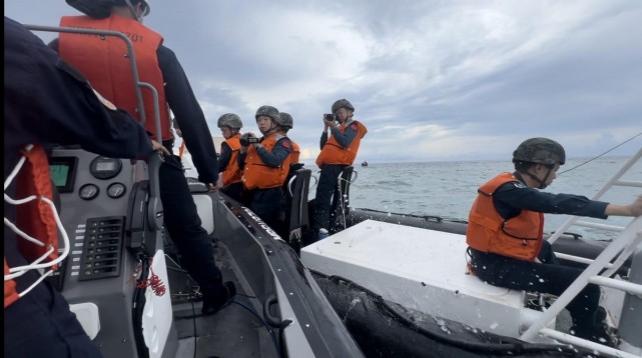
Then all hell broke loose as the light watercraft of CCG and the PCG resorted to ramming tactics, with each side showing unyielding resolve. No injuries were reported.
The shallow waters in the lagoon of Escoda Shoal worked to the advantage of the PCG sailors as the huge ships of China could not penetrate the area.
For the most part, it was an RHIB vs RHIB tit-for-tat encounter. At least in this particular instance, David and Goliath were on a level playing field.

A PCG officer assigned to secure the mission told the CCG personnel through a loud speaker: “China Coast Guard, China Coast Guard, this is PHL Coast Guard, we are conducting marine scientific research, please do not interfere.”
A Chinese sailor, using a megaphone, hollered back: “This is China Sea, this is China Sea, leave immediately.”
The back-and-forth continued for some time, each side uttering practically the same lines over and over.
The PCG’s tactic provided enough cover for the Filipino marine scientists -- sent to Escoda Shoal to verify the reported reclamation activities being conducted by China in the area -- to conduct their study. They were able to dive and collect samples from three sandbars.
Experts found “massive bleaching of corals” that could threaten the very existence of the reef if they fail to recover. One reason for the bleaching, the scientists said, could be the rising sea temperature.
“Pag hindi siya naka-recover, mamamatay siya, parang sa tao. Lalagnatin ka, magchi-chills ka, puwede kang gumaling, pero puwede kang hindi gumaling,” Dr. Fernando Siringan of the UP Marine Science Institute explained.
(If it fails to recover then it will die, just like a human being. You will have fever and chills, and it's either you recuperate or you don't.)
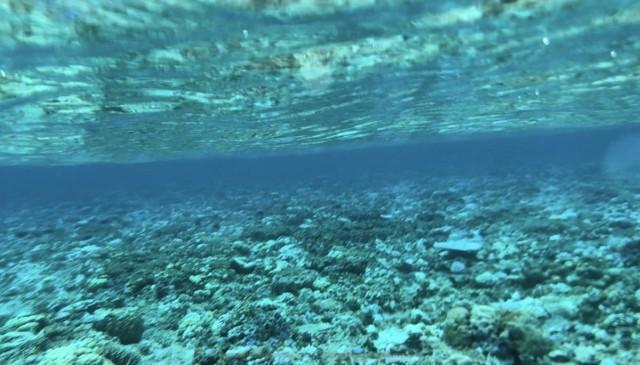
With its RHIB outnumbered and outmaneuvered, China unleashed a few of its vaunted assets before noon that day.
A chopping noise from above broke the monotonous sound of roaring RHIB engines inside the lagoon — Chinese helicopters were then seen circling over Escoda Shoal. The mere sight of them instantly tilted the momentary balance in favor of China.

A hovercraft of the Chinese Navy was also utilized but did not have enough time to make it close to the area.
The PCG personnel, together with the team from UP, hurriedly left the sandbar and returned to BRP Teresa Magbanua, a Philippine ship that has been stationed at Escoda Shoal for the past two months.
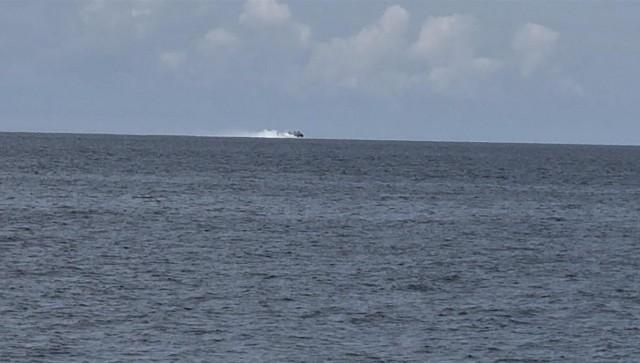
The following day, Wednesday, June 5, the research mission resumed. But this time, the CCG was more than prepared. The moment the PCG’s RHIB were launched from BRP Teresa Magbanua, CCG ships were already hot on their trail.
Apart from their RHIB, a speedboat was also deployed by China to drive away the research team, causing one group of experts to abort their mission. But the main group remained unfazed and proceeded to examine another spot in Escoda Shoal.
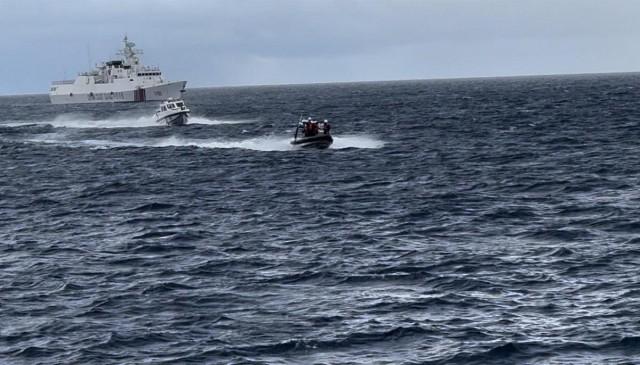
With their mission accomplished, the marine scientists left Escoda Shoal on board a PCG ship on the afternoon of June 5. As of this writing, the UP team has yet to make public the findings of the reef assessment.
With its rock formations and natural barriers, Escoda Shoal provides a safe haven for sailors during stormy weather. But lately a storm of a different kind has been stirring the reef’s calm waters.
Escoda Shoal, for the past few weeks, has been on the radar due to increased Chinese presence and the escalating territorial dispute. China claims the reef as part of its territory even though it is just 75 nautical miles off Palawan, well within the Philippines' exclusive economic zone.
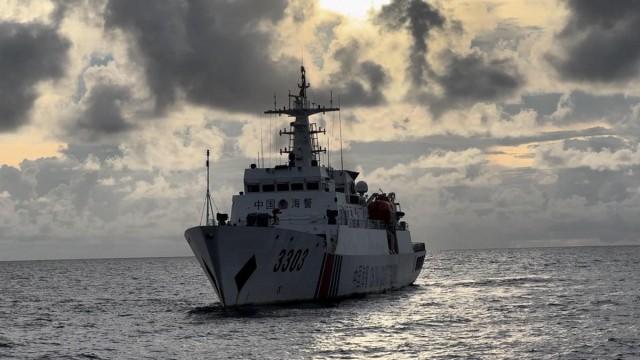
Inside the lagoon is where BRP Teresa Magbanua is anchored, a symbol of sort of Philippine resistance against Chinese aggression in Escoda Shoal.
Amid the presence of Chinese ships, a change of command ceremony was held aboard BRP Teresa Magbanua on Wednesday, June 4.
It was a crucial changing of the guard, considering the ship’s vital role in maintaining the country’s presence in Escoda Shoal. Lt. Efren Duran took the helm of the ship, replacing Commander Vladimer Gaspar.
BRP Teresa Magbanua may be the largest PCG vessel, but it is nowhere close to the size of most of the Chinese ships patrolling the waters around Escoda Shoal.
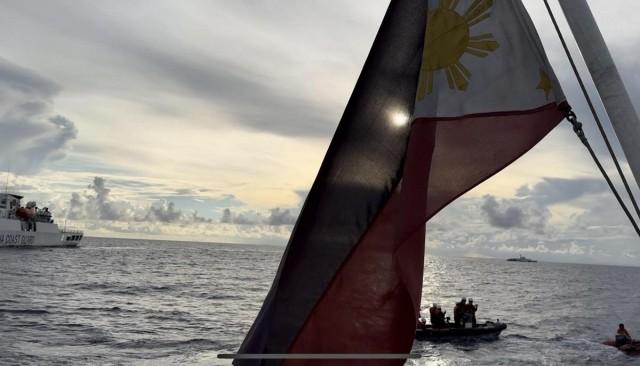
Using powerful scopes, the ship’s crew monitors the movements of Chinese sea assets, keeping an eye on possible reclamation activities.
However, all eyes are also on BRP Teresa Magbanua as it is usually surrounded by Chinese ships. At times, a CCG vessel would annoyingly sail around it in circles for several minutes or even an hour with Chinese sailors looking out the windows.
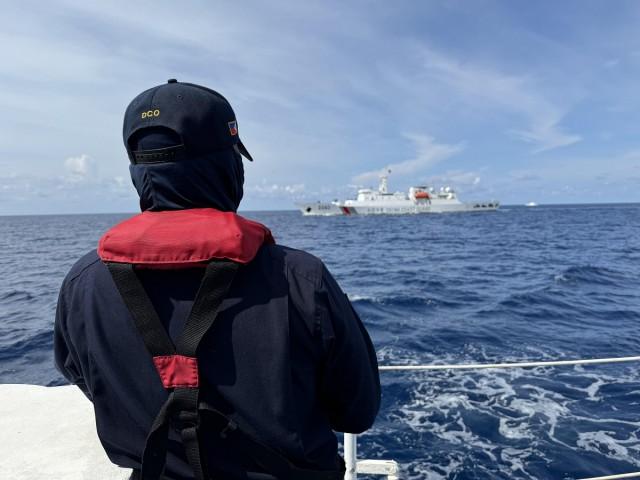
Though faced with daunting challenges, the Filipino sailors in Escoda Shoal remain unperturbed, displaying every ounce of courage whenever duty calls. —KBK, GMA Integrated News




